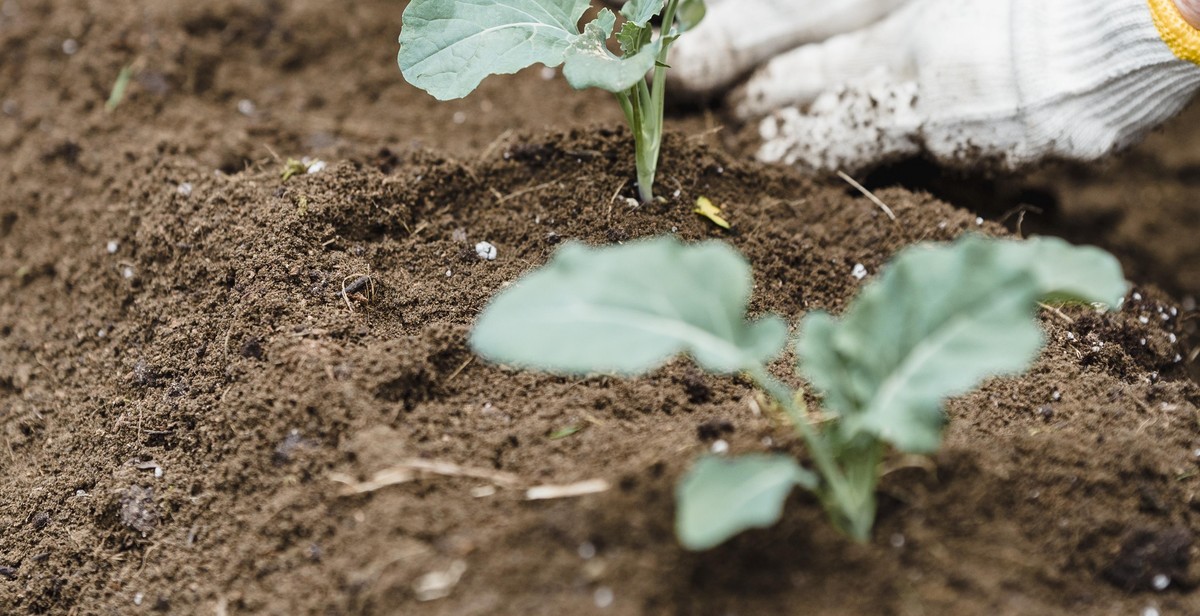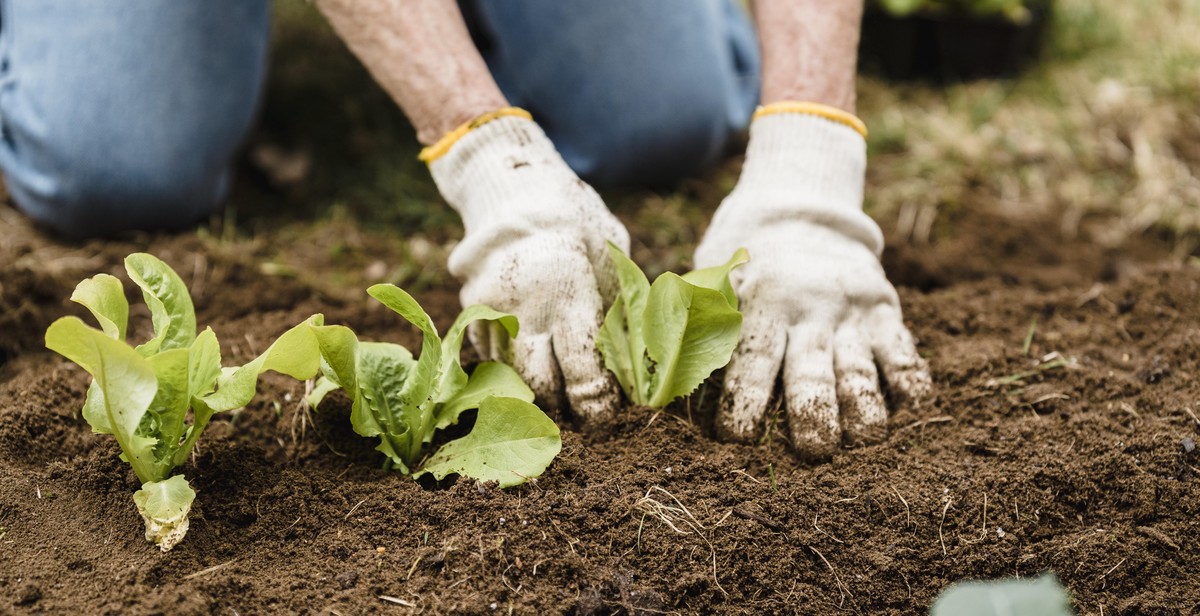How to Build a Raised Vegetable Garden for Easy Access and Maintenance
If you want to grow your own vegetables but have limited space or poor soil quality, a raised vegetable garden may be the solution you need. Raised garden beds are easy to build and maintain, and they offer a number of benefits over traditional gardens. With a raised garden bed, you can control the soil quality, drainage, and nutrients, which can lead to higher yields and healthier plants. Plus, raised beds are easier on your back and knees, as they require less bending and kneeling to tend to your plants.
Step 1: Choose the Right Location
The first step in building a raised vegetable garden is to choose the right location. Look for a spot that receives at least six hours of sunlight per day and is relatively flat. Avoid areas with poor drainage or where water tends to pool.
Step 2: Gather Materials
Next, gather your materials. You will need untreated lumber or cedar planks, soil, compost, and tools such as a saw, drill, and level. You can also purchase pre-made raised garden bed kits if you prefer.
Step 3: Build the Bed
Using your chosen materials and tools, build the bed to your desired dimensions. A typical raised garden bed is around 4 feet wide and 8 feet long, but you can adjust the size to fit your space and needs.
Step 4: Fill with Soil and Compost
Once the bed is built, fill it with a mixture of soil and compost. You can also add organic fertilizers or other amendments to improve soil quality.
With these simple steps, you can build a raised vegetable garden that will provide you with fresh, healthy produce all season long.

Benefits of a Raised Vegetable Garden
A raised vegetable garden offers numerous benefits over traditional gardening methods. Here are some of the benefits you can enjoy:
Improved Soil Quality
One of the most significant advantages of a raised vegetable garden is the improved soil quality. The soil in a raised bed garden is loose, friable, and rich in organic matter, making it an ideal growing environment for vegetables. You can easily add compost, manure, or other organic materials to the soil to improve its fertility and structure.
Better Drainage
Another benefit of a raised vegetable garden is that it provides better drainage than traditional gardens. The soil in a raised bed drains more efficiently, preventing waterlogging and ensuring that your plants receive the right amount of moisture. This is particularly important if you live in an area with heavy rainfall or poor soil drainage.
Easy Access and Maintenance
A raised vegetable garden is also easy to access and maintain. The elevated bed makes it easier to reach the plants, reducing the strain on your back and knees. You can also customize the height of the bed to suit your needs. Additionally, a raised bed garden requires less weeding and is less prone to pest infestations than traditional gardens. This means less work for you and a healthier, happier garden.
Conclusion
If you’re looking to start a vegetable garden, a raised bed garden is an excellent option. With improved soil quality, better drainage, and easy access and maintenance, you’re sure to have a bountiful harvest and a beautiful garden.

Choosing the Right Location
Before building a raised vegetable garden, it is important to choose the right location. Here are some factors to consider:
Sunlight Requirements
Most vegetables require at least six hours of direct sunlight per day. Therefore, it is important to choose a location that receives adequate sunlight. Look for an area that is not shaded by trees or buildings for most of the day.
Access to Water
Water is essential for the growth of vegetables. Therefore, it is important to choose a location that has easy access to water. Consider placing the raised garden bed near a water source such as a hose or irrigation system.
Level Ground
The location should have level ground to ensure that the raised garden bed is stable and does not tip over. Avoid areas with steep slopes or uneven ground.
By choosing the right location, you can ensure that your raised vegetable garden will thrive and provide you with a bountiful harvest.

Building the Raised Bed
Building a raised bed for your vegetable garden is a simple process that can be completed in just a few hours. Here are the materials you’ll need:
Materials Needed
- 2×6 or 2×8 lumber
- Galvanized screws or nails
- Cardboard or newspaper
- Soil
- Compost or organic matter
Size and Shape
The size and shape of your raised bed will depend on your personal preferences and the available space in your yard. However, a common size for a raised bed is 4 feet wide by 8 feet long, which allows for easy access and maintenance. The height of the bed should be at least 12 inches to allow for good drainage and root development.
Assembly Steps
- Begin by selecting a level area in your yard for your raised bed.
- Cut the lumber to the desired size for your bed. Use a circular saw or hand saw to make the cuts.
- Assemble the bed by screwing or nailing the corners together. Make sure the corners are square and flush.
- Place a layer of cardboard or newspaper on the bottom of the bed to prevent weeds from growing up into the soil.
- Fill the bed with soil, leaving a few inches of space at the top to allow for watering.
- Add compost or organic matter to the soil to improve fertility and drainage. Mix well with a garden fork.
- Your raised bed is now ready for planting!
Building a raised bed is a great way to make gardening easier and more accessible. With just a few materials and some simple steps, you can have a productive vegetable garden in no time.

Preparing the Soil
Before you start building your raised vegetable garden, it’s crucial to prepare the soil properly. This will ensure that your plants have the best possible growing conditions and will produce a bountiful harvest.
Removing Existing Grass and Weeds
The first step in preparing the soil is to remove any existing grass and weeds from the area where you plan to build your raised garden bed. This can be done manually using a shovel or garden fork, or you can use a sod cutter to make the job easier. Make sure to remove as much of the grass and weeds as possible, as they can compete with your vegetables for nutrients and water.
Adding Compost and Fertilizer
Once the grass and weeds have been removed, it’s time to add compost and fertilizer to the soil. Compost is a great way to add organic matter to the soil, which will improve its overall structure and fertility. Fertilizer is also important, as it provides the essential nutrients that your plants need to grow and thrive. Be sure to mix the compost and fertilizer into the soil thoroughly.
Mixing Soil
After the compost and fertilizer have been added, it’s time to mix the soil. Use a garden fork or tiller to work the soil to a depth of at least 6 inches. This will help to loosen the soil and create a good growing environment for your plants. Make sure to break up any large clumps of soil and remove any rocks or debris.
| Step | Tools/Supplies Needed |
|---|---|
| Remove existing grass and weeds | Shovel or garden fork, sod cutter (optional) |
| Add compost and fertilizer | Compost, fertilizer, garden rake |
| Mix soil | Garden fork or tiller, garden rake |
By following these steps, you’ll be well on your way to creating a healthy and productive raised vegetable garden!

Planting and Maintenance
Once you have built your raised vegetable garden, it is time to start planting and maintaining your crops. Here are some tips to ensure a successful harvest:
Choosing the Right Plants
When choosing plants for your raised vegetable garden, consider the amount of sunlight the garden receives, the climate in your area, and the size of your garden. Some popular options for raised vegetable gardens include tomatoes, peppers, cucumbers, zucchini, and lettuce.
Spacing and Arrangement
It is important to space your plants properly to ensure optimal growth and yield. Follow the spacing guidelines on the seed packets or plant labels, and consider using companion planting techniques to maximize space and deter pests.
Watering and Fertilizing
Regular watering and fertilizing is crucial for a healthy crop. Water your plants deeply once or twice a week, depending on the weather and soil conditions. Use a balanced fertilizer or compost to provide essential nutrients to your plants.
Weeding and Pest Control
Weeds can quickly overtake your raised vegetable garden, so it is important to stay on top of them. Pull weeds by hand or use a hoe to remove them. Pest control is also important; consider using natural methods such as companion planting, insecticidal soap, or neem oil to deter pests.
| Vegetable | Spacing |
|---|---|
| Tomatoes | 24-36 inches apart |
| Peppers | 18-24 inches apart |
| Cucumbers | 12-18 inches apart |
| Zucchini | 24-36 inches apart |
| Lettuce | 6-8 inches apart |

Conclusion
Building a raised vegetable garden is a great way to enjoy fresh produce while adding beauty to your outdoor space. With easy access and maintenance, anyone can create a successful garden even with limited space or mobility issues.
Tips for Success
- Choose the right location for your garden, with plenty of sunlight and access to water.
- Use quality soil and add compost to improve fertility.
- Consider adding a drip irrigation system to make watering easier.
- Choose the right plants for your area and season.
- Protect your garden from pests and diseases with natural methods like companion planting and crop rotation.
Benefits of Raised Vegetable Gardens
There are several benefits to building a raised vegetable garden, including:
| Benefit | Description |
|---|---|
| Easy Access | Raised beds are easier to reach and maintain, especially for those with mobility issues. |
| Better Soil Quality | Raised beds allow for better drainage and can be filled with quality soil and compost to improve fertility. |
| Less Weeding | Raised beds require less weeding than traditional gardens due to the contained space and better soil quality. |
| Improved Yield | Raised beds provide more growing space and can be planted more densely, resulting in a higher yield of fresh produce. |
By following these tips and taking advantage of the many benefits of raised vegetable gardens, you can enjoy a bountiful harvest of fresh, healthy produce right in your own backyard.
